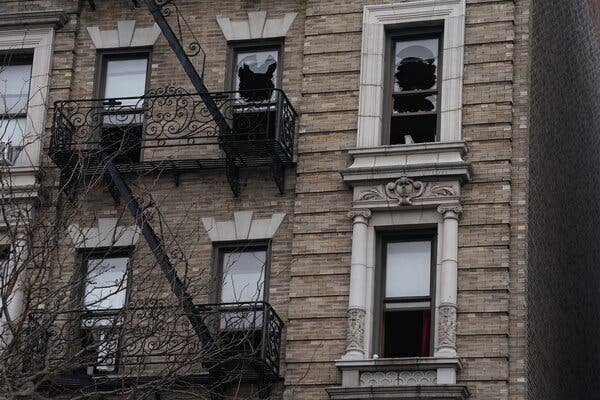Sendero Verde in East Harlem is a large affordable housing complex built with passive house principles, aimed at providing a comfortable, sustainable living environment for low-income residents. The buildings are energy-efficient, well-insulated, and offer benefits such as clean air, quiet interiors, and stable temperatures. The project also includes community amenities and services, contributing to a “community of opportunity” in the neighborhood. Passive house construction is supported by government incentives and rebates, promoting energy efficiency and reducing utility costs. The article highlights the importance of such initiatives in addressing both the housing crisis and the climate crisis.
Sendero Verde, the largest certified passive-house building in the United States, is setting a new standard for affordable housing development. Completed in April, this 709-unit complex in East Harlem provides a comfortable, healthy, and energy-efficient living environment for low-income and formerly homeless individuals.
With a focus on sustainability and resilience, Sendero Verde offers numerous benefits to its residents. The building’s passive-house design incorporates insulation, sealing, thick windows, and ventilation systems that reduce energy consumption by about half compared to traditional buildings. This results in clean air, quiet interiors, stable temperatures, and lower utility costs for residents, even in extreme weather conditions.
In addition to energy efficiency, Sendero Verde features community gardens, outdoor terraces, a fitness center, playground, computer labs, and multi-purpose rooms. The complex also includes a charter school, retail spaces, and social services like occupational therapy and mental health care, creating a vibrant and supportive community for its residents.
Developers of Sendero Verde emphasize the importance of passive-house principles in affordable housing development. By building with sustainability in mind, they aim to provide residents with a healthier living environment, reduce greenhouse gas emissions, and enhance overall quality of life. Government incentives and mandates for green building practices have further encouraged the adoption of passive-house construction in projects like Sendero Verde.
The success of Sendero Verde has sparked interest in similar projects across New York City. With over 1,860 certified passive house units in the city and growing, officials are investing in initiatives to fast-track the creation of energy-efficient and all-electric affordable homes. These efforts not only help reduce energy consumption and lower utility bills but also contribute to environmental sustainability and resilience in the face of climate change.
Looking ahead, the developers behind Sendero Verde are committed to incorporating passive-house design principles in future projects. By prioritizing energy efficiency and occupant health, they aim to set a new standard for sustainable and resilient affordable housing in urban areas. As passive-house construction becomes more common, it has the potential to transform the way we think about affordable housing and its impact on both residents and the environment.
Source: TheCity.NYC









